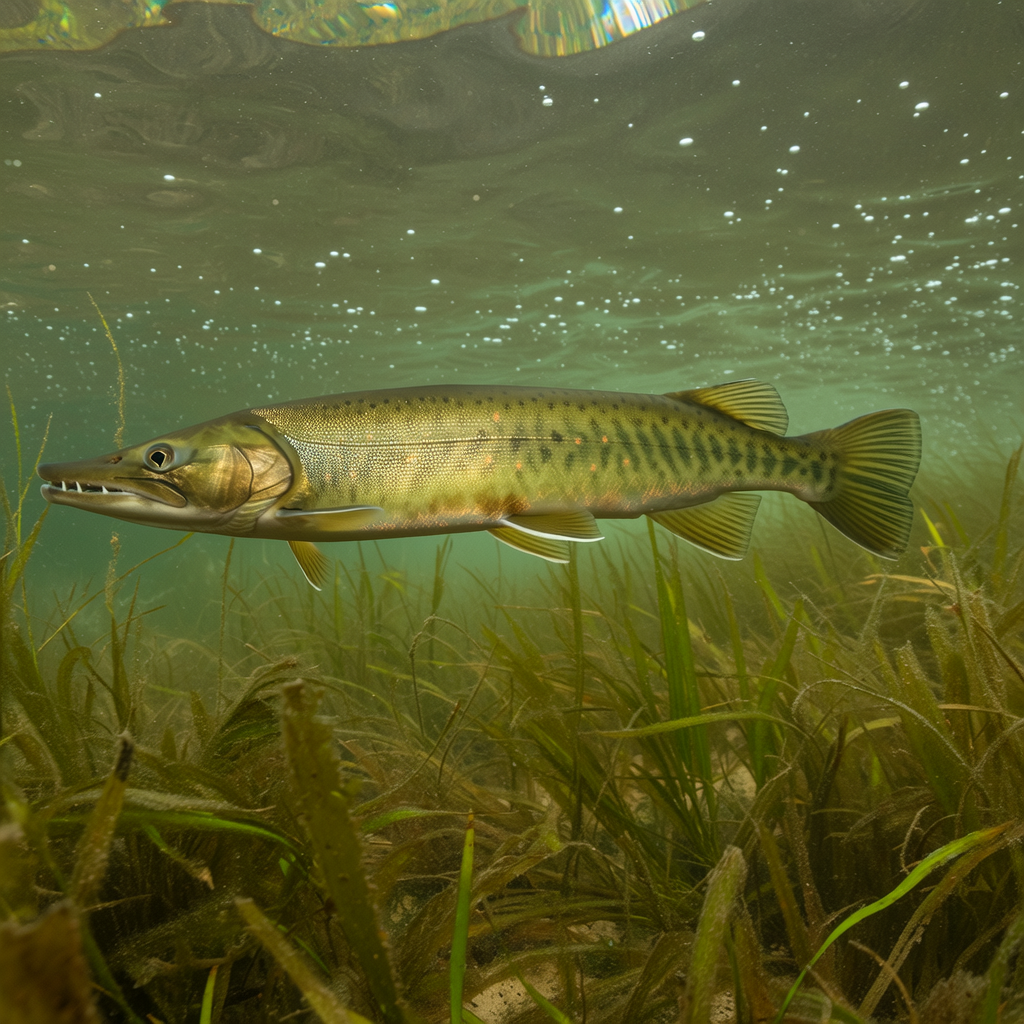Sheepshead fish, or Archosargus probatocephalus, is one of the most popular targets for sport anglers. This species boasts a unique appearance and robust fighting ability, making it an exciting catch for anglers at any level of experience. With its flattened, human-like teeth and tough scales, this fish earned its name from its likeness to the animal for which it is named.
Physical Characteristics of the Sheepshead Fish
The sheepshead fish is a member of the porgy family, and is known for its distinct appearance. The fish is predominantly silver or gray in color with vertical black stripes. An adult Sheepshead fish can grow up to 30 inches in length and weigh as much as 20 pounds. The fish has sharp dorsal spines and a characteristic set of molars that make it so unique. Its teeth are flat and human-like, which it uses primarily to grind and crush food like mollusks, crustaceans, and small fish.
Habitat and Distribution of the Sheepshead Fish
Sheepshead fish are primarily found along the Atlantic coast, from Nova Scotia down through the Gulf of Mexico. These fish tend to reside in the coastal waters, reefs, wrecks, and other structures that provide them with ample shelter. Sheepshead fish spawns during the summer months in the Atlantic, and throughout the year in the warmer waters found in the Gulf of Mexico.
Hunting Tips for Sheepshead Fish
The sheepshead fish is a popular catch for sport anglers, and while not the easiest fish to catch, using the right techniques can increase your chances. Here are some tips to help you maximize your chances when targeting Sheepshead fish.
Use the Right Bait
The sheepshead fish is a primarily vegetarian, and they are attracted to food such as Barnacles, fiddler crabs, clams, oysters, and small shrimps. Try using barnacles fished from piers, artificial lures that mimic shrimp, or even time-tested favorites like clam strips or oysters.
Fishing Gear
The sheepshead fish is known for its powerful teeth, so using a strong and durable tackle is essential. Use a conventional fishing reel with a heavier line that can withstand the sheepshead’s bite. A stout rod that can handle up to 30 lbs will help you pull them in easily. A minimum of eight-pound range is great for Sheepshead fishing.
Location, Location, Location
The sheepshead fish is responsive to structure, so it’s essential to seek out their habitat, as previously mentioned, such as rock piles, bridge pilings, jetties, or artificial reefs. Locate spot that is overgrown from barnacles or oysters. They are herbivorous and feed on them. Recognize their feeding patterns and cast out lures or baits above the structures they are overfeeding.
Timing Matters
Sheephead are most active during the fall and winter months, making these seasons the best time to target them. They are most active during colder months, spawning during warmer months. This is because the winter season makes the waters clearer, and the fish have a longer feeding period than the other seasons. However, during spawning seasons, they are very aggressive in feeding.
Interesting Facts About Sheepshead Fish
Here are some fascinating facts that you might not know about the sheepshead fish.
They Have a Rather Strict Diet
Sheepshead fish’ preferred diet consists of species like crabs, shrimp, barnacles, oysters, clams, and even small fish-like sea robin.
They Can Live for a Surprisingly Long Time
The average lifespan of the sheepshead fish is around 10 years. The oldest recorded fish was 21 years old.
They Are Excellent Swimmers
Sheephead fish are robust swimmers, and they can reach a maximum speed of around 22mph. They mainly use their speed to escape from predators.
They Are Quite Intelligent
Due to their usual escape tactics, Sheepshead fish have become smart in recognizing and avoiding fishing lines. They are good at analyzing their environment and are capable of recognizing their fishing conditions. As a result, sheephead is somewhat challenging to catch free-lining and require more skills.
Conclusion
Sheepshead fish are fascinating creatures to observe in the wild and even better to catch. As one of the popular game fish for anglers, they provide a unique challenge and an exciting catch. Remember, while they might not be the easiest fish to catch, using the right techniques can help even novice anglers haul in some sheepshead. Choose a location and a prime time when their feeding pattern reaches its peak. Use the durable tackle, the right type of bait, and pay close attention to structure are some of the keys to success.




